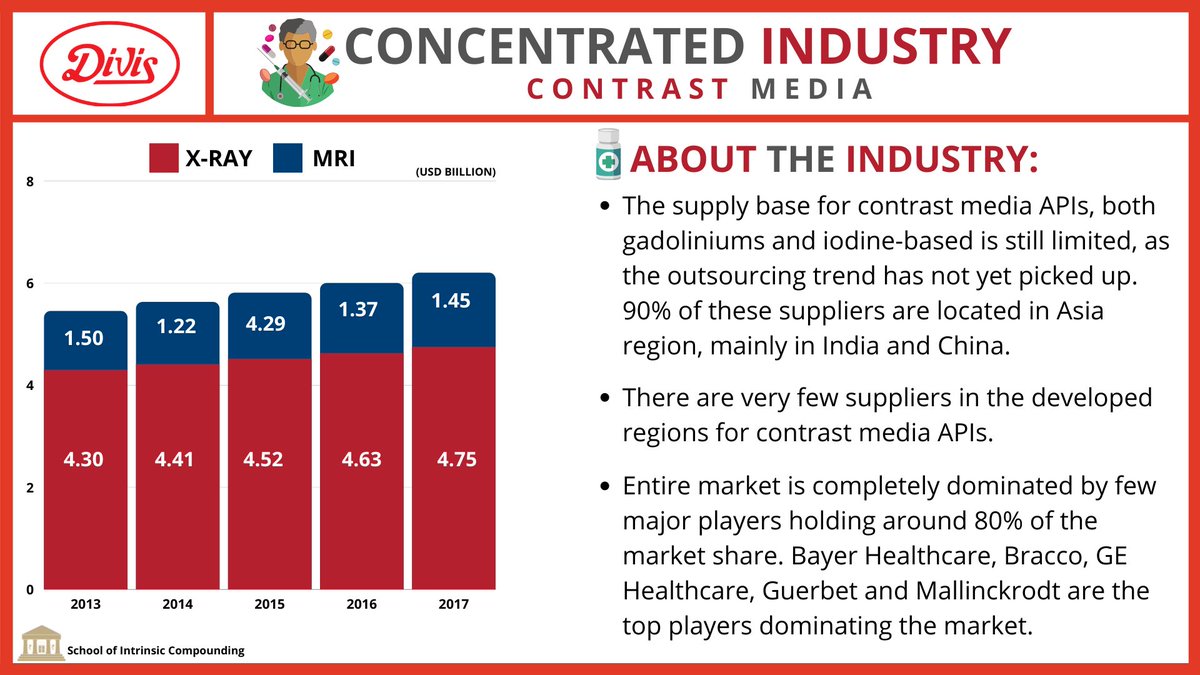
I have seen plenty of Buffettology on Twitter and in other places over the past few years. Its time to clear the air and understand that there wasn't one but 3 different Warren Buffett's that existed throughout his career 📚📚
Time for a thread: 3 Different Buffett's 🧵🧵🧵
Time for a thread: 3 Different Buffett's 🧵🧵🧵

One of the biggest mistakes that you as an investor can make is to forget the basic and the most important mental model an investor can have: Numeracy. Being fluent with numbers and respecting the context in which Buffett made his returns.
At the beginning of his career, let's call this Warren Buffett 1 i.e. Between 1957-1968. This was the time when he was working with small sums of money. He was extremely valuation conscious and guess what. How many stocks did he buy and sell between this period?
In this period, he bought and sold nearly 400 stocks. He bought Geico and sold it within 18months, he bought Marshals wealth at a PE of 3 times and he bought Commonwealth at a PE of 5times and sold it at a 60% gain. His returns were mind-boggling too during this time period
No Wonder he said, “The highest rates of return I’ve ever achieved were in the 1950s. I killed the Dow. You ought to see the numbers… I think I could make you 50% a year on $1 million. No, I know I could. I guarantee that.” Look at the performance once 

This Buffett has 3 important characteristics:
1)He was extremely valuation conscious and he was willing to buy shitty businesses which were dirt cheap.
2)He Practiced catalyst investing and sometimes bought entire controlling stakes in firms.
3)He accepted churn and turned
1)He was extremely valuation conscious and he was willing to buy shitty businesses which were dirt cheap.
2)He Practiced catalyst investing and sometimes bought entire controlling stakes in firms.
3)He accepted churn and turned
over the most number of rocks. Which ensured the funnel of lucrative opportunities did not dry up.
Now, let's talk about Warren Buffett 2 (Post 1970s). This is when he made the mistake of buying Berkshire Hathway and realized if you sit long enough in a poor business, then the
Now, let's talk about Warren Buffett 2 (Post 1970s). This is when he made the mistake of buying Berkshire Hathway and realized if you sit long enough in a poor business, then the
economics of the business will kill you. This is when the focus shifted more towards buying economic franchises that could remain durable for a long period of time. During this phase given his intelligence, he was able to combine this mindset and was able to unearth
franchise-type opportunities at a deep undervaluation. Eg: The purchase of the Washington Post at a deep discount which eventually became a 150 bagger+. The purchase of Coca-Cola at a PE of 14 times and the purchase of GEICO at a PE of 4 times.
No Wonder he called himself 85% Graham (Valuation conscious in these purchases) and 15% Phil Fisher (Business quality being superb in these businesses). During this phase, returns were commendable given the amount of capital they employed. Soon Berkshire faced the problem
of size. The Law of Large numbers. Given the amount of float, they received every year and the capital from their subsidiary companies. Smaller opportunities just stopped moving the needle for the conglomerate. The hurdle rate for returns fell, it is clearly evident
that Berkshire's returns wouldn't be the same anymore. They invested plenty of capital in businesses like Utilities, which gave them a good avenue to deploy large capital. But ROE's were capped at 8-10% for this business.
Still, Warren on the side does look for deep value opportunities in places like Korea and Japan as Mohnish Pabrai talked about in his interview. When Warren bought some dirt cheap stocks in Japan, this is again with the same principles of investing with small money
Here are the Key Learnings we retailers can apply from 3 types of Warren Buffett over the years:
1) First key learning is to have your return expectations clear. The time you can devote to investing and your mental framework will eventually decide your returns
1) First key learning is to have your return expectations clear. The time you can devote to investing and your mental framework will eventually decide your returns
2)If return expectations are higher, then there you have to be extremely conscious about your entry multiples (Valuation at which you buy a business) and there needs to be some catalyst insight or the business should be experiencing tailwinds. Eg: Mastek initially or a Hikal
where both businesses were cheap in an industry with tailwinds. (Invested in hikal, not a reco). A catalyst is insight. Eg: Suven Pharma and the demerger, Ingrevia's demerger from Pharmova, Rajratan announcing brownfield capex and promoter buying happening or Laurus sitting
on the unutilized gross block, revenues starting to flow in the post-approval from the regulatory bodies. Leading to massive improvement in ROCE with Earnings growth.
3) Thirdly, you can practice a mix of Warren Phase 1 and Phase 2 by buying growing businesses at reasonable
valuations and not dirt cheap. Eg: Someone buying Laurus or a Deepak in mid-20s type multiple. You haven't missed the bus, but you appreciate the compounding that is yet to play out.
4) Selling is not bad. If you are able to find an opportunity that is vastly superior or offers
4) Selling is not bad. If you are able to find an opportunity that is vastly superior or offers
better prospects for returns.
5) Since trees don't grow till sky, your entry multiple will eventually decide your compounding even in businesses that supposedly can do nothing wrong. These businesses simply cannot be 20%+ compounders if bought at 100x multiples when core growth
5) Since trees don't grow till sky, your entry multiple will eventually decide your compounding even in businesses that supposedly can do nothing wrong. These businesses simply cannot be 20%+ compounders if bought at 100x multiples when core growth
itself has been 8-10% in terms of volumes. Far better to temper your return expectation down to 10-11% in such businesses. As they are fairly mature and difficult to see growth accelerating on this base.
6) A retail investor who learns to be nimble and agile can
do well for themselves. If he respects the beginning multiple at which he buys businesses. Even if you are paying up, far far better to pay up for growth with moderate longevity than just longevity if you have a small
do well for themselves. If he respects the beginning multiple at which he buys businesses. Even if you are paying up, far far better to pay up for growth with moderate longevity than just longevity if you have a small
base of capital.
The final key learning is that it is far better to know yourself as an investor or as a person before you start investing. In the end, your own frameworks, view of investing, even the type of Warren Buffett you got influenced from the most (out 3 phases)
The final key learning is that it is far better to know yourself as an investor or as a person before you start investing. In the end, your own frameworks, view of investing, even the type of Warren Buffett you got influenced from the most (out 3 phases)
will drive your investing process, valuation framework & the eventual returns you end up making as an investor.
Just remember, this is the reason why Sanjoy Bhattacharya says that there are no right answers but only right questions. Just ask yourself: Who am I as an investor?
Just remember, this is the reason why Sanjoy Bhattacharya says that there are no right answers but only right questions. Just ask yourself: Who am I as an investor?
That will drive your understanding of the businesses you buy & the returns you eventually end up making. (Have left out plenty of details & numbers to make it simple enough to read) P.S. Thank you @SamitVartak your presentation at CFA Society inspired this thread.
-The end-🧵
-The end-🧵
• • •
Missing some Tweet in this thread? You can try to
force a refresh












